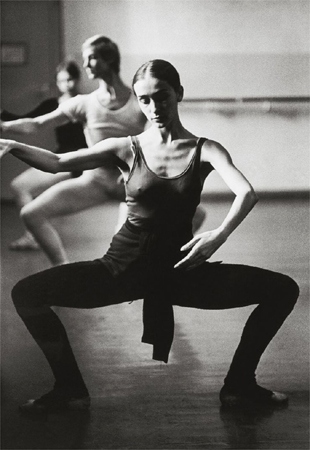Three prominent political and cultural events occurred during the lifetime of Pina Bausch:
- The postwar ballet renaissance
- An increase in political and social activism
- The reunification of Germany
Post World War II, Germany was divided into East and West republics. This reconstruction of the country and its society instigated a “ballet boom” like Germany had never seen before. This return to classical, academic ballet halted the growth of expressive, contemporary dance in West Germany, which could explain Bausch’s classical training and early work as a choreographer. In the late 1960s, there was a cultural shift toward increased political activism and awareness. After this shift, Bausch abandoned her conventional methods and began exploring the use of social commentary and dance theatre. Finally, in 1990, Bausch lived to see the reunification of Germany, which led to great civil unrest.





